What Is A Rebounder In Basketball? A Straightforward Answer In 2024
You may have heard the term rebounder when watching basketball games as a basketball fan. The rebound, or rebounder, is an indispensable position in a basketball team that plays a vital part in every victory.
So, what is a rebounder in basketball? The answer is very simple, and I will show you in the following sections. If you want more detailed information about this practice, don’t skip any detail in this post.
Let me walk you through the spectrum of basketball rebounders.
Contents
What Is A Rebounder In Basketball?
A rebound occurs when a striker throws the ball to the basket in an attempt to score, but it doesn’t go through. The ball may bounce off the basket when hitting its blackboard, rim, or both parts.
When the ball bounces off and travels back to the field, the offensive players or the opposite team’s defender will try to recover it and take back possession. The act of ball recovery at that moment is considered a rebound.
The chance of the ball hitting the basket’s rim is very high. Therefore rebound is a prevalent practice that happens in every basketball game.
In the field, rebounding is an important skill that any player must cultivate.
Despite its regular frequency, rebounding is not an easy skill. Sometimes good skills alone are not enough to perform a successful rebound. The rebounders (who take charge of this task) usually possess a tall height and great stamina.
So, that’s basically what a rebounder does. You try to take possession of the ball when it hits the rim or backboard and bounces off the basket. Now let me show you the types of rebounds.

Two Types Of Rebounds
There are mainly two types of rebounds, which are defensive and offensive rebounds. Both categories are recorded as an important stat and counted to the total time rebound occurs in one game.
Each type is recorded individually to add more statistics to the player’s stats.
Defensive Rebounds
As its name suggests, the defensive rebounds are counted when a defense recovers the shots thrown by the opposing team’s player. Defensive rebounds occur more frequently than offensive instances.
Defending players usually have better positions and advantages when the ball bounces off the basket. Meanwhile, the opposing strikers have to jockey or juke for the place where the ball falls.
Offensive Rebounds
Offensive rebounds rarely occur, and they are usually considered “lucky rebounds.” It’s because the strikers won’t have much advantage to take back possession when the ball bounces off.
A player must possess great rebounding skills to perform a successful offensive rebound. The offensive rebounders usually anticipate where the ball drops and make an early move to grasp it.
It’s also common that a striker rebounds his own shot when it hits the basket rim or blackboard.
On An Attempt To Perform Rebound.
The Importance Of Rebounds In Basketball?
Rebounding can immediately switch a team state from defending to attacking and change the game result. The opposing defensive players don’t anticipate a rebound and prepare for a quick attack when it happens.
The rebounders can quickly pass the ball to strikers on the frontline and increase the chance of winning. It prevents the opposing attackers from scoring.
You may consider rebounding a second shot attempt that doubles your team’s scoring chance. Therefore, rebounding is an essential technique that many players have to practice.
How Do You Rebound In Basketball?
Anticipating is the key to successful rebounds. You have to predict if the ball is hitting the basket’s rim and bouncing off when looking at its trajectory.
This practice will help you select a suitable position and receive the bounce off.
Anticipation solely is not sufficient. You have to actively make a physical move before the opposing players spot a rebounder.
But don’t try to shove the other players for advantage, or you’ll commit a foul.
It’s also critical to box out the defender or striker trying to perform a rebound if you are not in an advantageous position. Finally, time the jump and the ball’s trajectory perfectly, which requires practice and focus.
Here is a demonstration of a rebounder in a real basketball game. Watch this short video to find out!
You Have To Practice Hard To Master This Skill.
FAQs
I have covered the basics of rebounders, but there are many situations relating to them that may confuse you. These additional answers will give you more insights into the rules of rebounding.
Does A Basketball Have To Touch The Rim To Become A Rebound?
The basketball can either hit the basket’s rim and the backboard or even miss its hoop before bouncing off. If a player catches the dropping ball, it is still counted as a rebound.
Is It Legit To Rebound On One’s Own Airball Shot?
It’s legit to catch a ball in the air when it bounces off the basket, but it has to start from an intentional shot. Yet, this practice is not applicable to the NBA rule.
Can A Rebound Occur On A Free Throw Shot?
The answer is yes. A rebound is still awarded as static if it occurs from a free throw shot or missed field goal.
What Positions Receive The Most Rebounds?
The players playing as a power forward usually achieve the most rebounds in the game. It’s understandable since they are in charge of rebounding and have an advantageous position.
So, the power-forward players commonly possess a tall height and strong body.
What Qualities Does It Take To Become A Great Rebounder?
Practice makes perfect, but it only partly applies to rebounding.
Of course, you have to cultivate your skills and anticipation to perform a great rebound. However, a big and strong body is also critical for this practice.
What Does Over The Back Mean?
Over the back indicates a foul that occurs when a player performs a rebound by jumping over the back of an opposing defender. That person is not in the right position, so this act isn’t considered legit.
Final Thoughts
What is a rebounder in basketball? I hope that you know the answer after reading this post. If you have any further questions, feel free to let me know in the comment section. Thank you for reading!

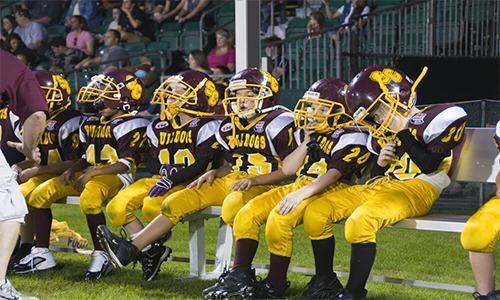



![[Top Rated] 10 best football gloves with best grip 2025 5 best football gloves 2021](https://www.scottfujita.com/wp-content/uploads/2021/03/best-football-gloves-2021.jpg)
![[Lastest Update] Top 10 Best Soccer Cleats For Kids 2025 6 Best soccer cleats for kids scott fujita](https://www.scottfujita.com/wp-content/uploads/2021/03/Best-soccer-cleats-for-kids-scott-fujita.jpg)



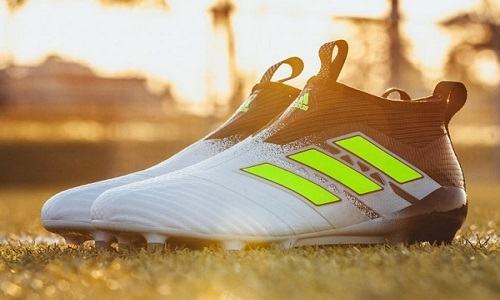
![[Top-Rated] The Best Basketball Shoes For Ankle Support 2025 11 best basketball shoes for ankle support scottfujita](https://www.scottfujita.com/wp-content/uploads/2021/07/best-basketball-shoes-for-ankle-support-scottfujita.jpg)
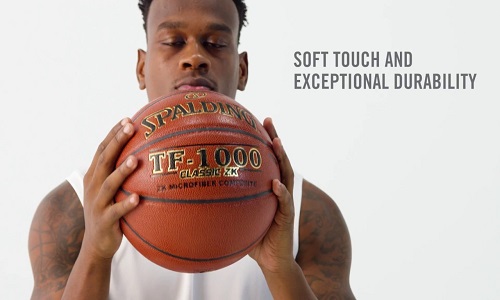
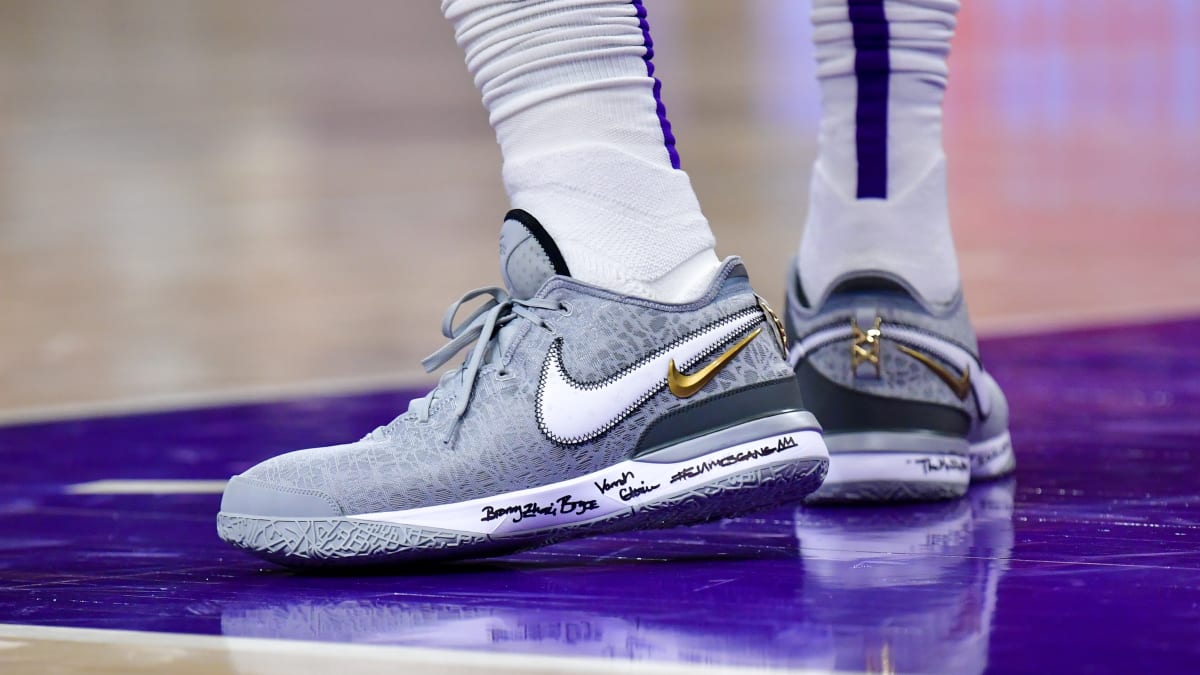
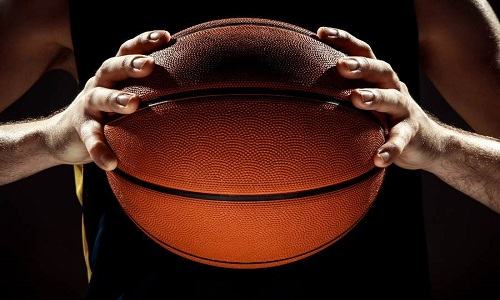

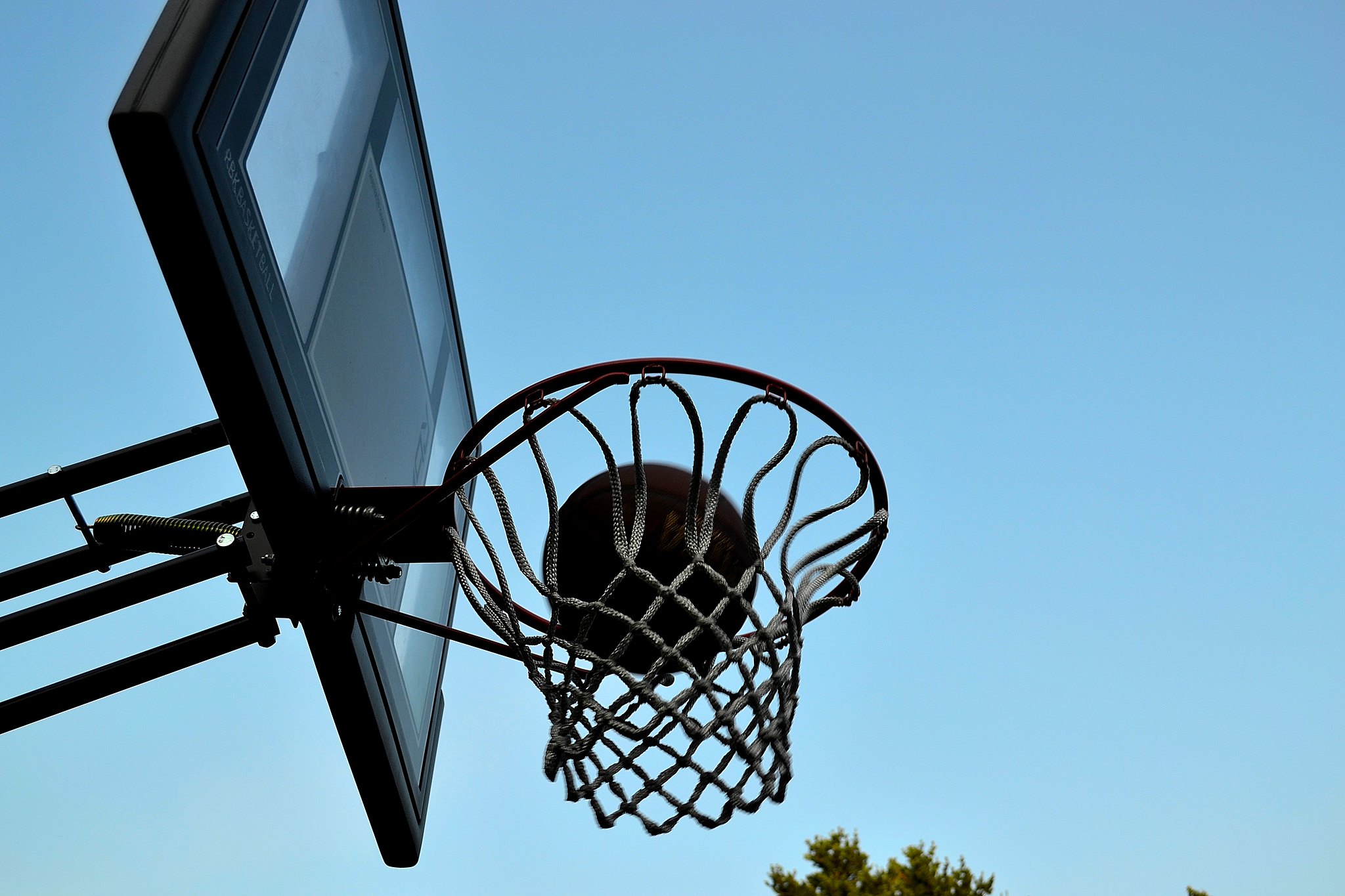

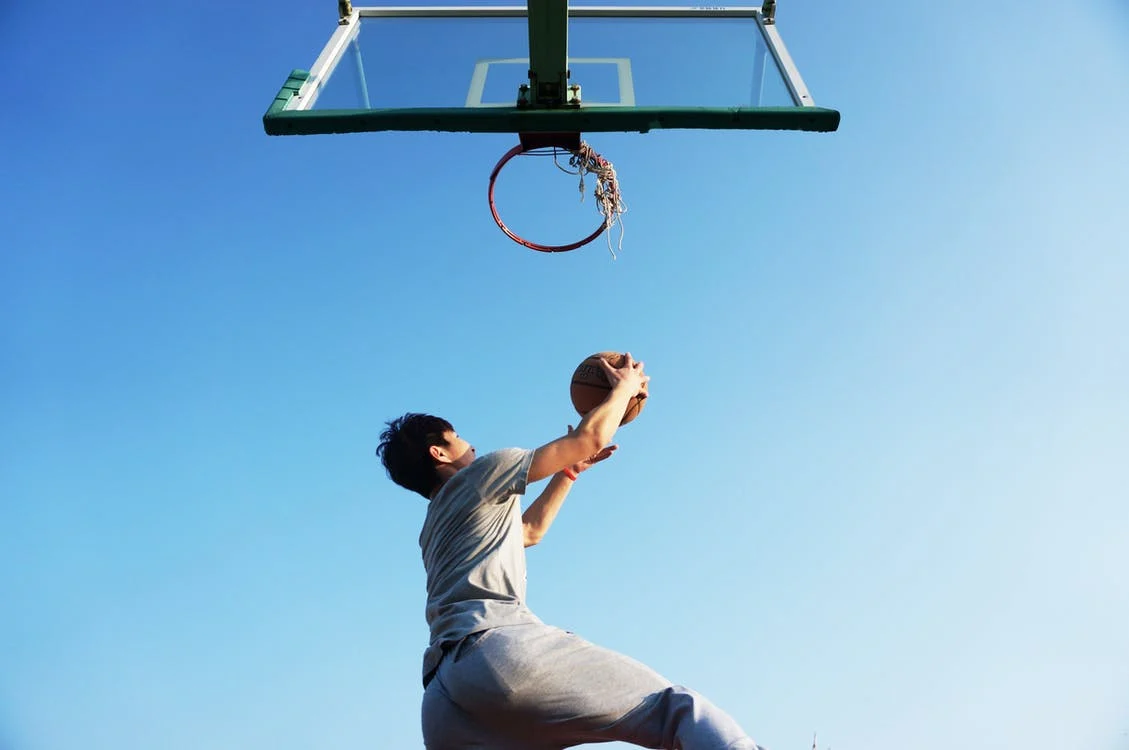





![What Are The 5 Positions In Basketball? [And Their Roles] 32 what are the 5 positions in basketball scottfujita](https://www.scottfujita.com/wp-content/uploads/2021/10/what-are-the-5-positions-in-basketball-scottfujita.jpg)






![Top 10 Best NBA Centers Of All Time [2024 Updated] 39 best nba centers of all time scottfujita](https://www.scottfujita.com/wp-content/uploads/2021/12/best-nba-centers-of-all-time-scottfujita.jpg)
![The Best Football Mouthguard 2024 [Reviewed & Compared] 40 best football mouthguard scottfujita](https://www.scottfujita.com/wp-content/uploads/2021/10/best-football-mouthguard-scottfujita.jpg)